Biodegradable vs Synthetic Mulching Mats – How to Choose Which Type is Best for Your Garden
This guide looks at 5 readily available types of mulching mats – discover which works for you
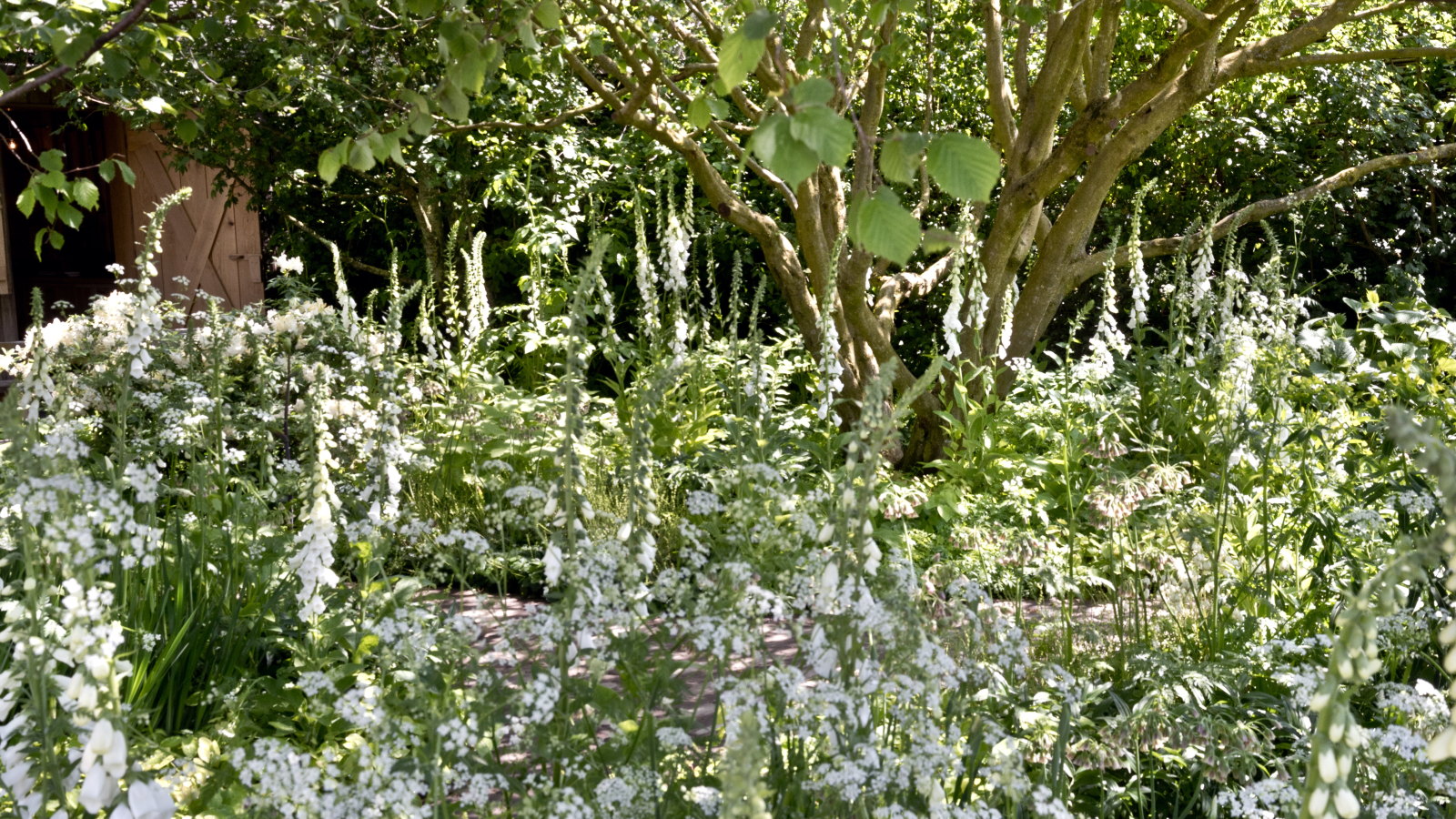

Mulching mats are available in different materials, shapes, and sizes to keep moisture in the soil, suppress weeds, and protect plant roots from freezing temperatures. They can be used on newly-planted trees in the fall or to cover bare sections of flower beds. For all scenarios, it pays to consider the pros and cons of the different mulching mats available.
There are benefits in opting for a biodegradable mulch mat that breaks down over time and improves the soil, while some gardeners may prefer the longevity of synthetic mulching mats. It often comes down to the location, how you want to use it, and your personal gardening ethos.
Mulching is always important as part of any fall gardening checklist, especially if you have newly-planted trees or shrubs. To help you decide what is best for your garden, this guide examines five different types of mulching mats that are typically available, either as rolls or pre-cut squares or circles.
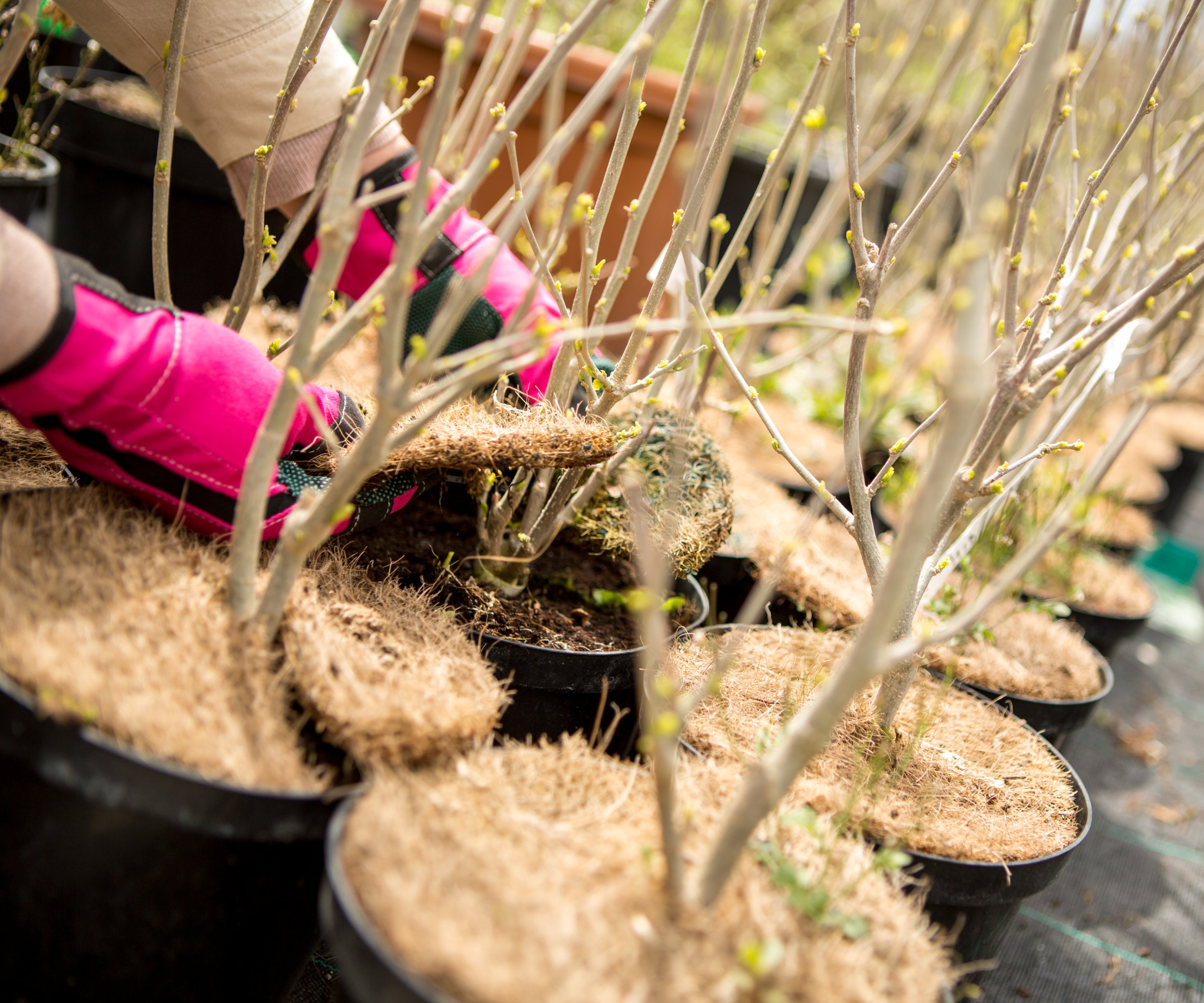
5 Different Types of Mulching Mats in Focus
This guide to different biodegradable and non-biodegradable mulching mats looks at the materials and the advantages and disadvantages of each. To further help with your decision-making, it also highlights the typical scenarios in which each of the mulching mats can be beneficial. If you are on the lookout for fall mulching materials, you may consider the following:
1. Coco Coir Mulch Mats
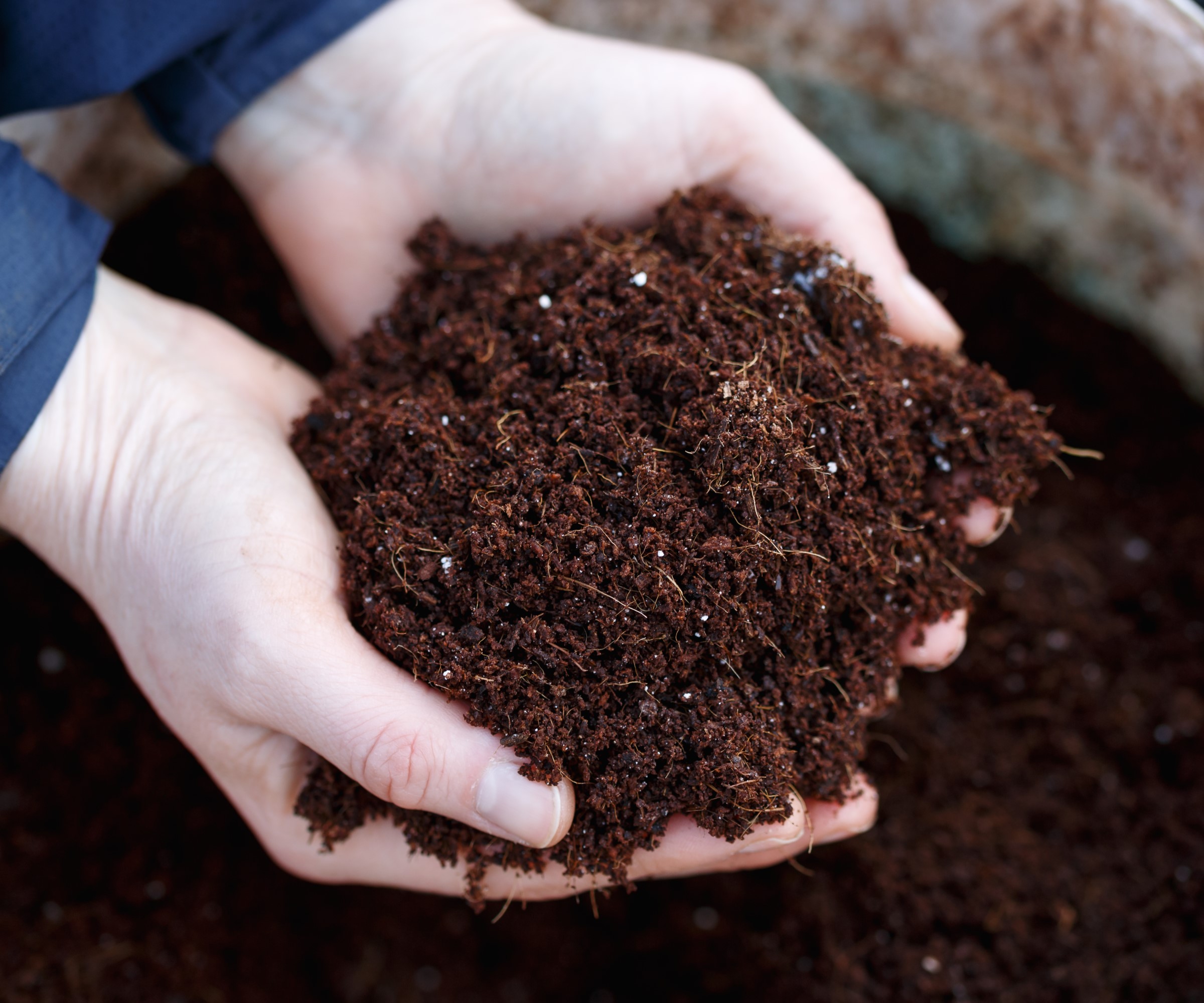
Coco coir is a by-product of coconut production, made from the fibrous husk. It is a sustainable material produced from compressed parts of the coconut that were previously discarded as waste.
Coco coir is a popular alternative to peat moss, as many gardeners use it as a peat substitute for growing flowers, and it is often included in soils for container gardening.
A coco coir mulch mat can come in two forms: either as a roll of mulching material to be cut to size or as coco fiber tree rings to surround individual trees. Both types are biodegradable mulch mats that offer those aforementioned benefits of moisture retention in the soil, weed suppression, and protection of roots from cold weather (which is especially beneficial after planting trees).
Design expertise in your inbox – from inspiring decorating ideas and beautiful celebrity homes to practical gardening advice and shopping round-ups.
Since coco coir is fibrous, it allows water and air to penetrate the soil as it biodegrades. The coir mulching mats can be used throughout the garden, including flower beds, vegetable gardens, containers, or around trees.
It provides a natural, environmentally friendly way to mulch and protect plants. You can purchase a pack of six 24-inch coco fiber tree rings on Amazon, or an 80-inch roll of coir mulch mat, also available on Amazon.
2. Jute Mulch Mat
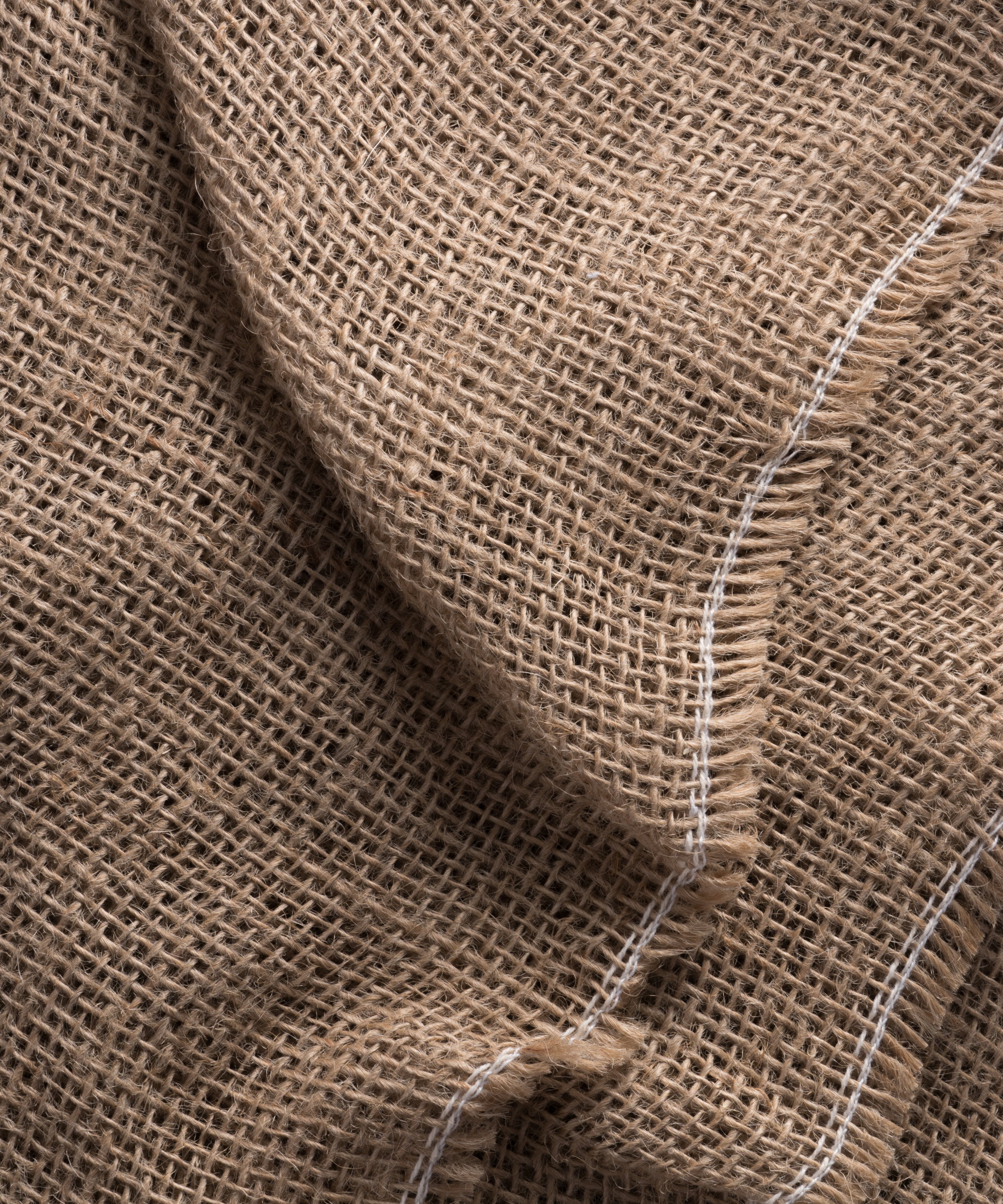
Mulching mats made from jute or hessian (also known as burlap) are also great natural and biodegradable mulch mats to consider.
Jute and hessian are made from the same fibers, with the difference being that the latter is a coarser fabric than the finer jute. You may think the materials are more often seen in handwoven rug trends, but they also offer potential advantages in the garden.
Both jute weed mats and hessian weed mats can reduce weeds, retain moisture, and protect roots. They are useful when planting shrubs or trees to help get them off to a great start in their new home, or for covering bare patches in borders or raised beds over winter.
The natural mulching mats will decompose over the course of a few years, depending on the thickness, but may need to be held in place with biodegradable pegs in windy sites.
One further advantage of jute weed mats is that their texture is unappealing to slugs and snails, which means they help stop slugs from destroying plants.
You can get circular mulching mats to go around plants, or a sheet of hessian like this 15feet x 48-inch burlap sheet at Walmart to cut to size for mulching mats.
3. Rubber Mulch Mats
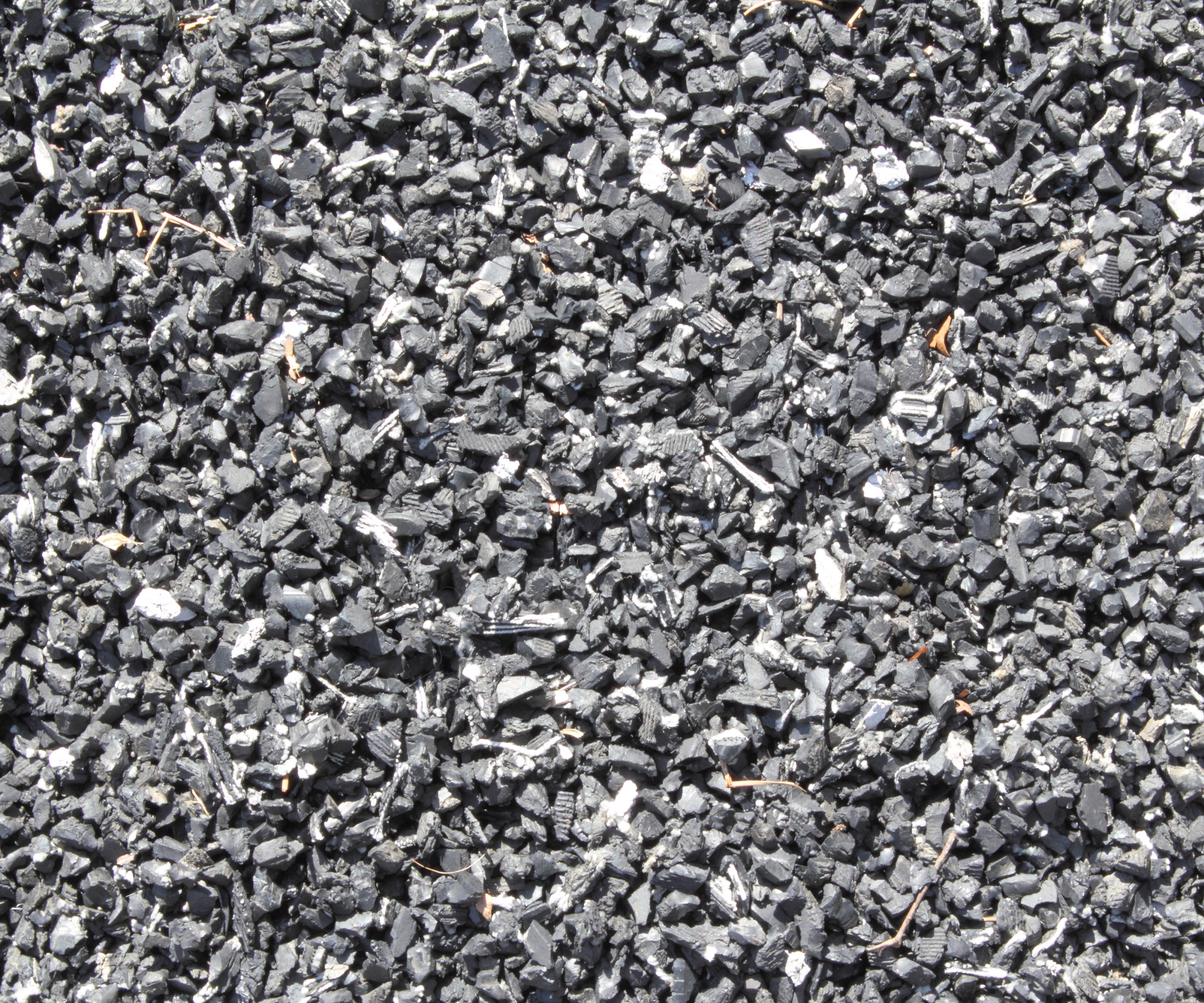
Rubber mulch mats are commonly used for paths and landscaping, but they can also be used around trees, shrubs, and other plants. There are advantages to rubber mulch mats, but also some considerations to take into account when comparing rubber with other types of mulch.
Let's start with the positives. Rubber mulch mats are easy to install, low-maintenance, and long-lasting, potentially for up to 20 years. In addition, some people prefer the clean look of rubber mulches, especially those made to resemble natural tree bark.
However, rubber mulch mats can add toxic microfibers into the soil as they degrade, potentially harming the health of the trees or other plants they surround. Soil health should sit atop your ambitions for the garden, so avoiding anything that leaves chemicals or microfibers in the ground is best.
When you live in warmer climates, there is also the risk of rubber mulch catching fire, and fire chiefs actually warn against using shredded rubber mulch within 30 feet of your home.
If you do want to consider rubber mulch mats, this two-pack of recycled rubber mulch mats on Amazon can be rolled out and used for paths, or cut to shape for any landscaping needs.
4. Landscape Fabric Weed Mats
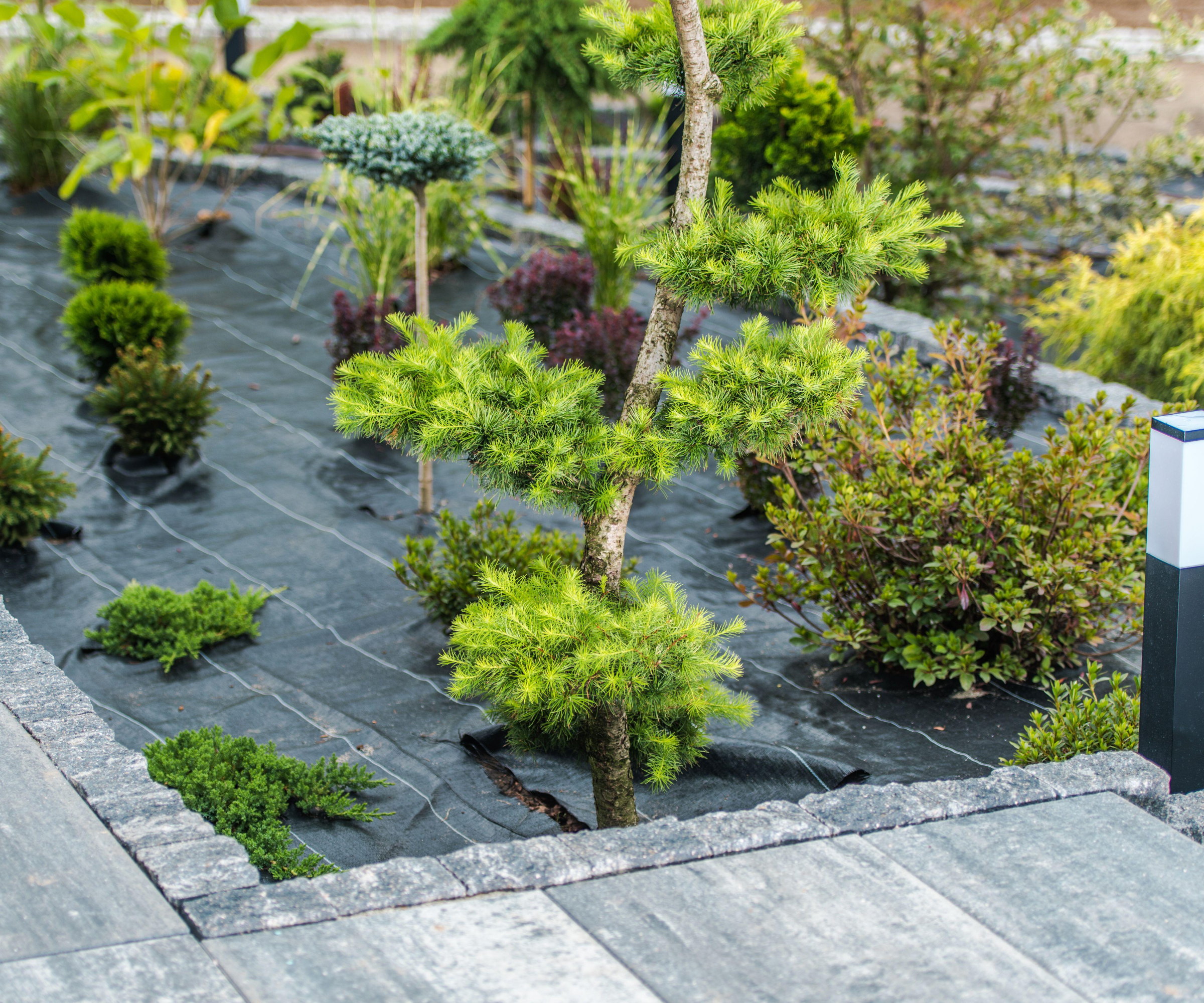
Landscaping fabric is a synthetic textile usually made from woven polypropylene or polyester. It is often used as a layer to control weeds by covering them and blocking the sunlight, going underneath hard landscaping, paths, or beneath mulch.
It does allow water and air to pass (the amount will vary depending on the thickness of the fabric), but quite often, cheap versions break down quickly and leave tiny strands of plastic all over the garden. Even the thickest, better quality landscaping fabric will break down over time and leach microplastics into your soil.
Landscape fabric weed matting usually comes in long rolls, such as this premium heavy-duty landscape fabric weed matting at Amazon that is a hundred feet long and three feet wide. It can be a long-term way to block weeds, but if you prefer plastic alternatives in the garden, the likes of cardboard or burlap will enhance the soil as it breaks down, rather than pollute the ground.
Landscaping fabric is a budget-friendly option for controlling weeds. However, degradable mulching mats make better non-toxic gardening swaps that will do the same job, and also improve soil quality over time.
5. Black Plastic Weed Mats
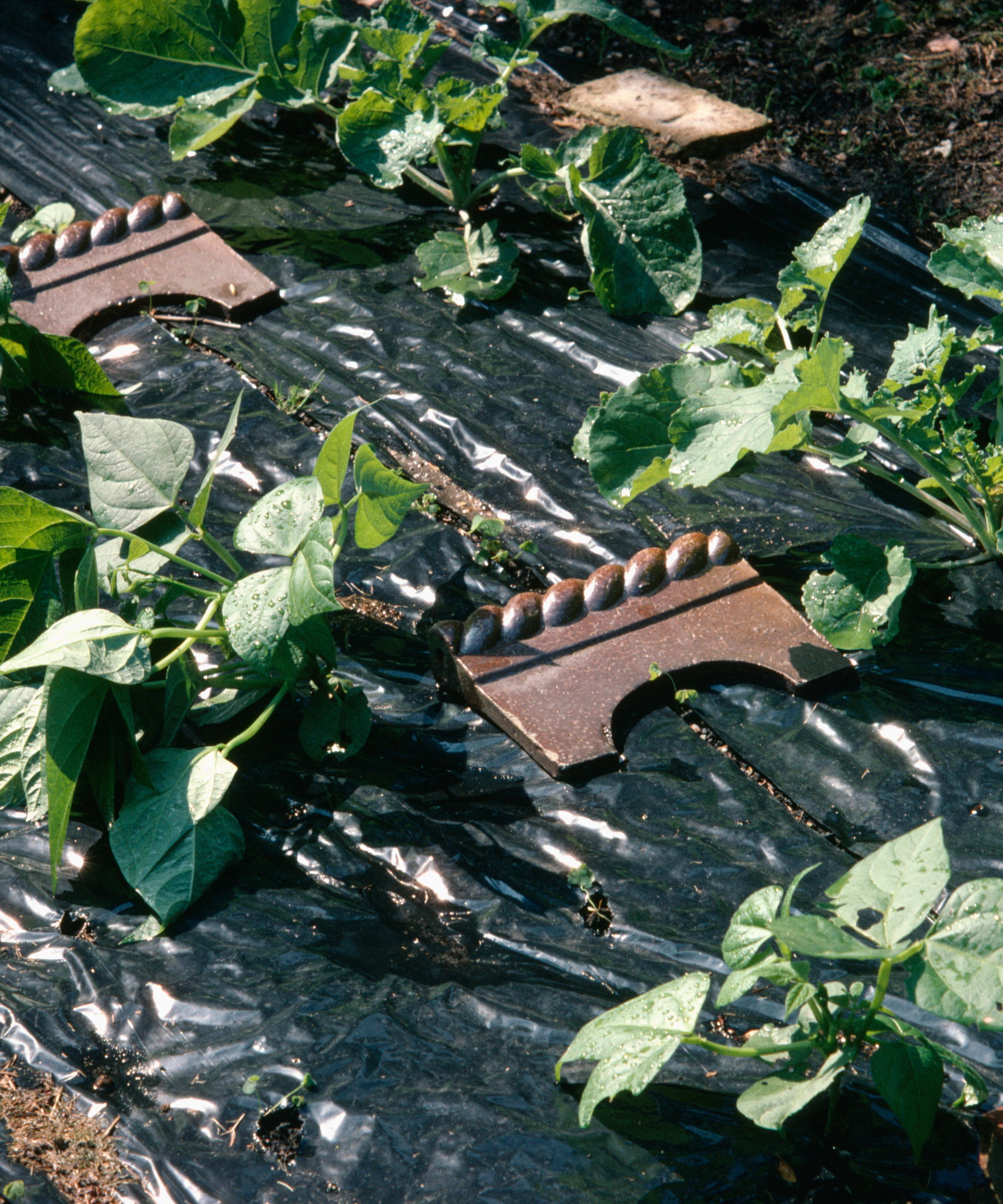
Black plastic offers short-term use as a mulching mat to deal with weeds, but it is not a long-term solution to any issues.
Some gardeners will use plastic to 'solarize' the ground in the summer, essentially eliminating weeds and weed seeds in the soil by raising the temperature and cooking them. While this can be a quick fix for weeds, plastic will stop water from reaching the soil, raise the soil temperature, and prevent any exchange of air.
While you can cut holes and plant through the plastic, many plants can struggle without lots of watering or in extremely warm soils during the middle of summer, especially in hotter climates.
If you want to grow anything while using mulching mats, pick permeable solutions where the plants can benefit from moisture, air, and nutrients getting down into the soil, and one that won't bake the roots.
A roll of black plastic weed control sheeting, like this at Walmart, can be used to solarize weeds in the summer if you want to deal with weed problems.
FAQs
How Do You Install a Mulch Mat?
Mulching mats are simple to install. Before doing so, spend some time getting rid of weeds and any debris or large stones to prepare the site. Also, biodegradable mulching mats benefit from being soaked before being placed on the ground.
How you install it does depend on the type. Pre-cut mulching mats can be placed around plants (they usually have a slit to make it easy to slide them around trunks or plants), while rolls should be cut to shape and laid over the area.
Mulching mats can be secured in place with garden stakes or staples (you can get biodegradable garden stakes at Amazon to use), which is key in windy sites. If you are covering a large area, overlap the edges of the mulching mats to prevent weeds from popping through any gaps.
An environmentally-friendly and sustainable alternative to buying mulching mats is to use cardboard for weed control. Cardboard can be laid onto flower beds, vegetable gardens, or raised beds and will smother weeds, while also breaking down to add nutrients to the soil.
To reuse cardboard in the garden, it must be plain cardboard (not boxes with glossy coating or full of colored inks) with all labels, tape, and staples removed. Lay the cardboard directly onto the soil, overlap the edges, and set it down with something heavy. Finally, water the cardboard to settle it onto the ground.
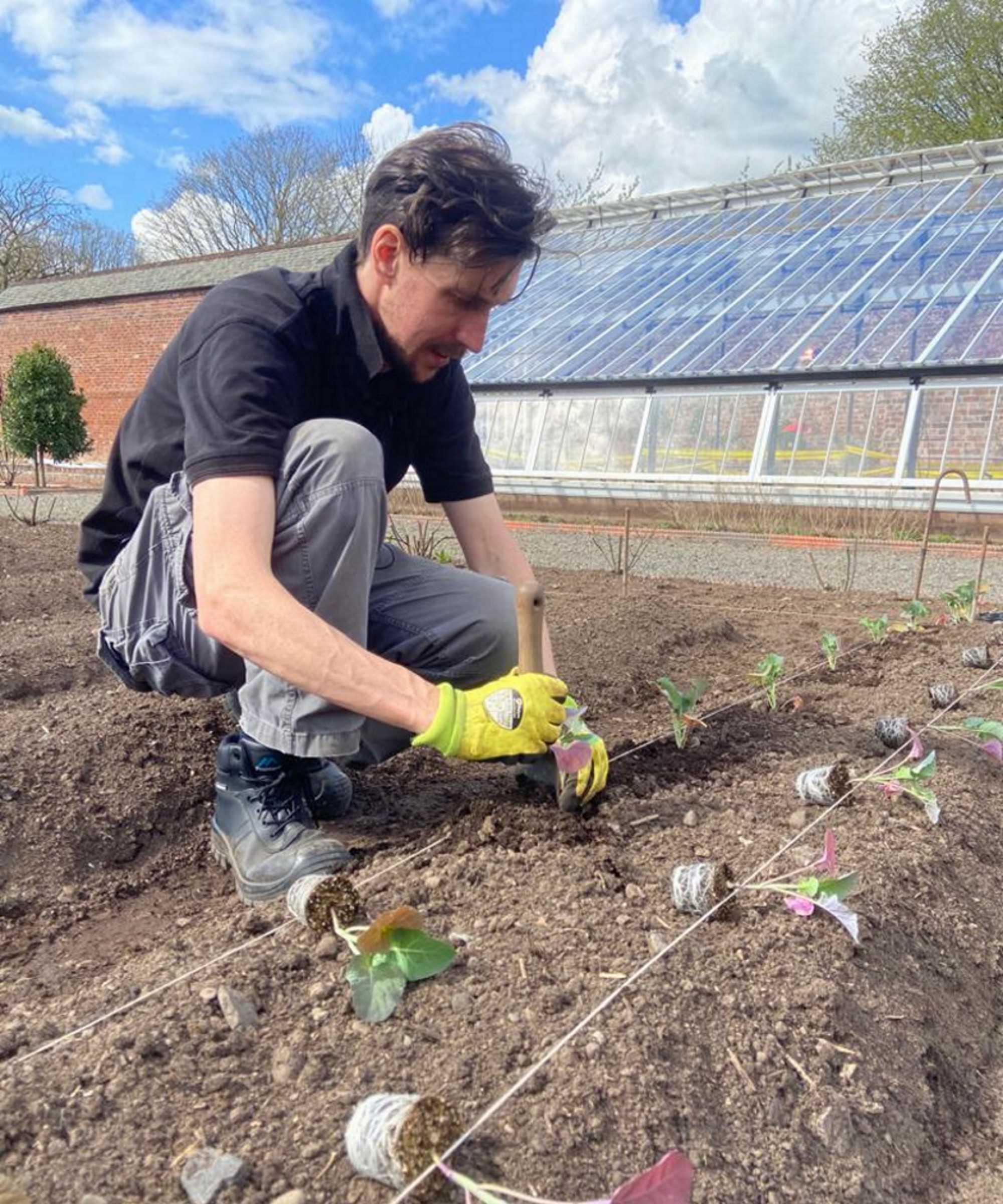
Drew has worked as a writer since 2008 and was also a professional gardener for many years. As a trained horticulturist, he worked in prestigious historic gardens, including Hanbury Hall and the world-famous Hidcote Manor Garden. He also spent time as a specialist kitchen gardener at Soho Farmhouse and Netherby Hall, where he grew vegetables, fruit, herbs, and cut flowers for restaurants. Drew has written for numerous print and online publications and is an allotment holder and garden blogger. He is shortlisted for the Digital Gardening Writer of the Year at the 2025 Garden Media Guild Awards.